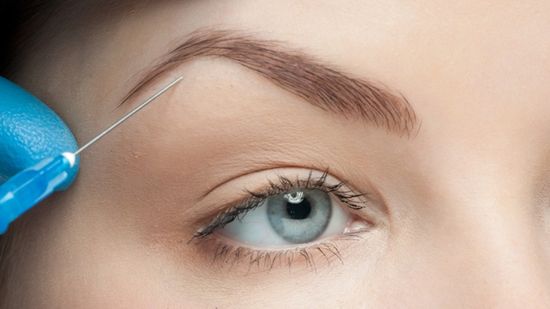For many individuals struggling with droopy eyelids, puffiness, or under-eye bags, Eyelid Surgery in Islamabad has become a popular solution. Also known as blepharoplasty, this cosmetic procedure refreshes the eyes, restores youthful contours, and enhances overall facial appearance. While the surgery itself is relatively straightforward, one of the most common concerns patients have revolves around the recovery process. Understanding the recovery timeline helps set realistic expectations and ensures patients follow proper aftercare for optimal results.
Immediate Post-Surgery (Day 1 – Day 3)
After eyelid surgery, patients usually return home the same day. During the first few days:
- Swelling and bruising are at their peak. The eyelids may appear puffy, and the surrounding skin may look discolored.
- Mild discomfort or tightness is common, but it can be managed with prescribed medications.
- Cold compresses are often recommended to reduce swelling.
- Patients are advised to keep their head elevated, even while sleeping, to minimize fluid buildup.
- Vision may feel slightly blurry due to temporary swelling or ointments used during surgery.
It is crucial to rest and avoid any activities that strain the eyes during this stage.
Early Recovery (Day 4 – Day 7)
By the end of the first week:
- Swelling and bruising begin to subside noticeably.
- Stitches, if non-dissolvable, are usually removed around day 5 to 7.
- Light activities like walking are allowed, but strenuous activities must still be avoided.
- Patients may notice itching or dryness around the incision sites, which is a normal part of healing.
During this period, most patients start feeling more comfortable and are able to resume small daily tasks.
Transition Phase (Week 2)
The second week is a significant milestone:
- The majority of bruising fades, though mild discoloration may linger.
- Swelling decreases substantially, and the eyes begin to look more natural.
- Most patients feel confident enough to return to work or social activities.
- Makeup (with doctor approval) can be used to conceal residual bruising.
Although the eyes appear better, it’s important to remember that complete healing is still ongoing internally. Patients should continue avoiding heavy exercise or activities that increase blood pressure.
Steady Improvement (Weeks 3 – 4)
By the third and fourth week:
- Swelling is minimal, and incision lines start blending with the natural skin tone.
- The eyelids feel less tight, and vision stabilizes completely.
- Patients notice a refreshed and youthful appearance.
- Most restrictions on physical activities are lifted after medical clearance.
At this stage, the results become more noticeable, although subtle refinements will continue in the coming months.
Long-Term Recovery (Months 2 – 3)
During the second and third months:
- Final results become clearer, with smooth, natural eyelids and improved contours.
- Any remaining swelling is minimal and only noticeable to the patient.
- Incision lines fade further and are often barely visible.
- Patients feel confident and enjoy the rejuvenated look.
Consistency with skincare, sun protection, and following the surgeon’s advice helps maintain long-lasting results.
Full Results (After 6 Months – 1 Year)
While most healing occurs in the first few weeks, complete recovery takes time:
- By six months, incisions are typically fully healed and hardly noticeable.
- The final shape of the eyelids stabilizes.
- Results are long-lasting, often enduring for 10 to 15 years depending on lifestyle and genetics.
Tips for a Smooth Recovery
To ensure the best results and minimize complications, patients should:
- Follow all post-operative instructions carefully.
- Use prescribed medications and ointments as directed.
- Avoid rubbing or touching the eyes unnecessarily.
- Wear sunglasses outdoors to protect sensitive eyelid skin from the sun.
- Stay hydrated and maintain a healthy diet to support healing.
Common Concerns During Recovery
- Persistent swelling: Some mild swelling may last for a few weeks but usually resolves on its own.
- Temporary numbness: It’s normal for the eyelids to feel slightly numb during healing.
- Scarring: Incisions are typically placed in natural creases, making scars nearly invisible over time.
- Asymmetry: Mild differences during recovery are normal; final symmetry appears once healing is complete.
When to Contact Your Surgeon
While most recoveries go smoothly, patients should contact their surgeon immediately if they experience:
- Severe or sudden eye pain.
- Excessive bleeding or unusual discharge.
- Fever or signs of infection.
- Vision changes that do not improve.
Prompt medical attention ensures safety and proper healing.
Final Thoughts
The recovery process after Eyelid Surgery in Islamabad is generally smooth and predictable when patients follow professional guidance. From the initial swelling in the first few days to enjoying long-term results months later, the timeline offers gradual yet noticeable improvements. Patience and adherence to aftercare instructions are key to achieving natural, youthful, and lasting outcomes.





Comments